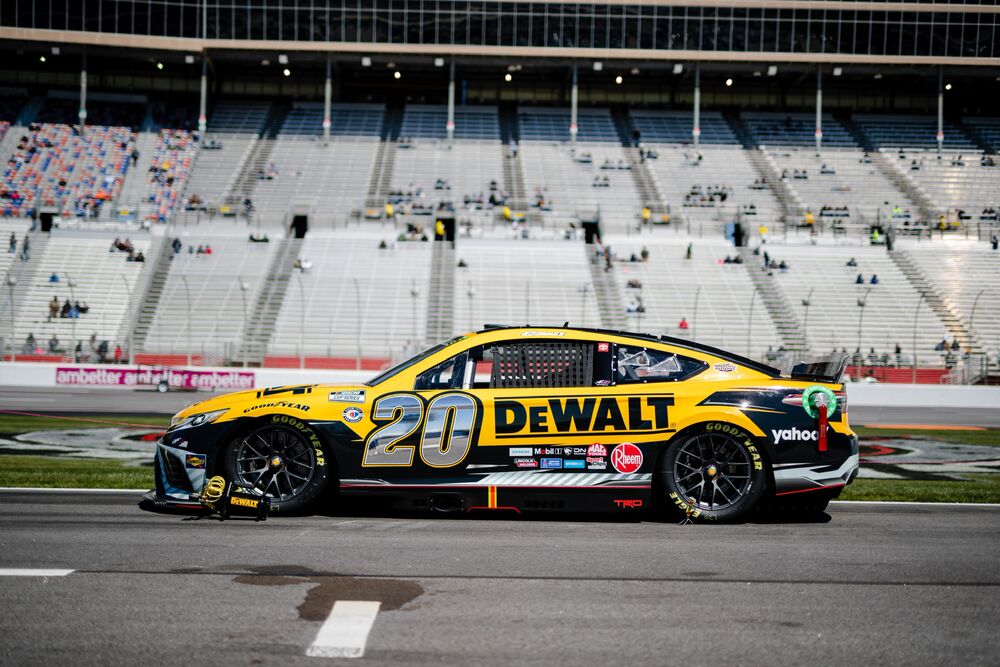accessible_forward
Accessibility Statement. Read more.

The DEWALT® name has stood for the pros since day 1, and it still does. As we celebrate 100 years, we're honoring where we've been but never losing sight of where we're going -- because the best is yet to come.

When we put the DEWALT® name on something, it’s a commitment to get the job done right. It’s the mark we’ve left over 100 years of helping world-builders build the modern world.

DEWALT® is out there on the jobsite learning what works and what doesn’t so we can make it all work better.
Every innovation we make is driven by a desire to increase performance, ease of use, or productivity.
We change a tool because the change makes the tool work better for the professional using it, not just for the sake of change.
From technology used in space exploration and aircraft to incorporating Bluetooth® technology into our products DEWALT stays at the forefront of jobsite innovation.
* The Bluetooth® word mark and logos are registered trademarks owned by Bluetooth SIG, Inc. and any use of such marks is under license.

At DEWALT, we are relentlessly developing and delivering packaging, products, and programs engineered to build a more sustainable tomorrow.

From the racetrack to the soccer field, DEWALT partners with those who have what it takes to be GUARANTEED TOUGH®, delivering power and performance in all they do.

The jobsite is where you’ll find our products.It’s where we test them, where they’re used, and where they prove themselves.
The entire DEWALT line thrives on the jobsite because that’s where product ideas come from. To carry the DEWALT name, a tool must not only stand up to the rigors of the jobsite, it must get the job done. And it must do it day after day.

We can only consider your ideas and inventions if you submit them via the link below.
If you are interested in knowing more about our process, please refer to the Idea Submission Brochure.
*If you are not a US or Canadian resident, please review the Supplemental Information document before clicking on the online DEWALT proposal submission link.

We drop them. Cover them in dust. Abuse them.
We shake them for days. Speed them up and stall them out.
We let them run non-stop for weeks.
We freeze them. Put them through the worst weather.
We switch them on and off millions of times.
And we still expect them to run and perform every day.
Every tool must pass the toughest DEWALT TESTS before it even sees the market.